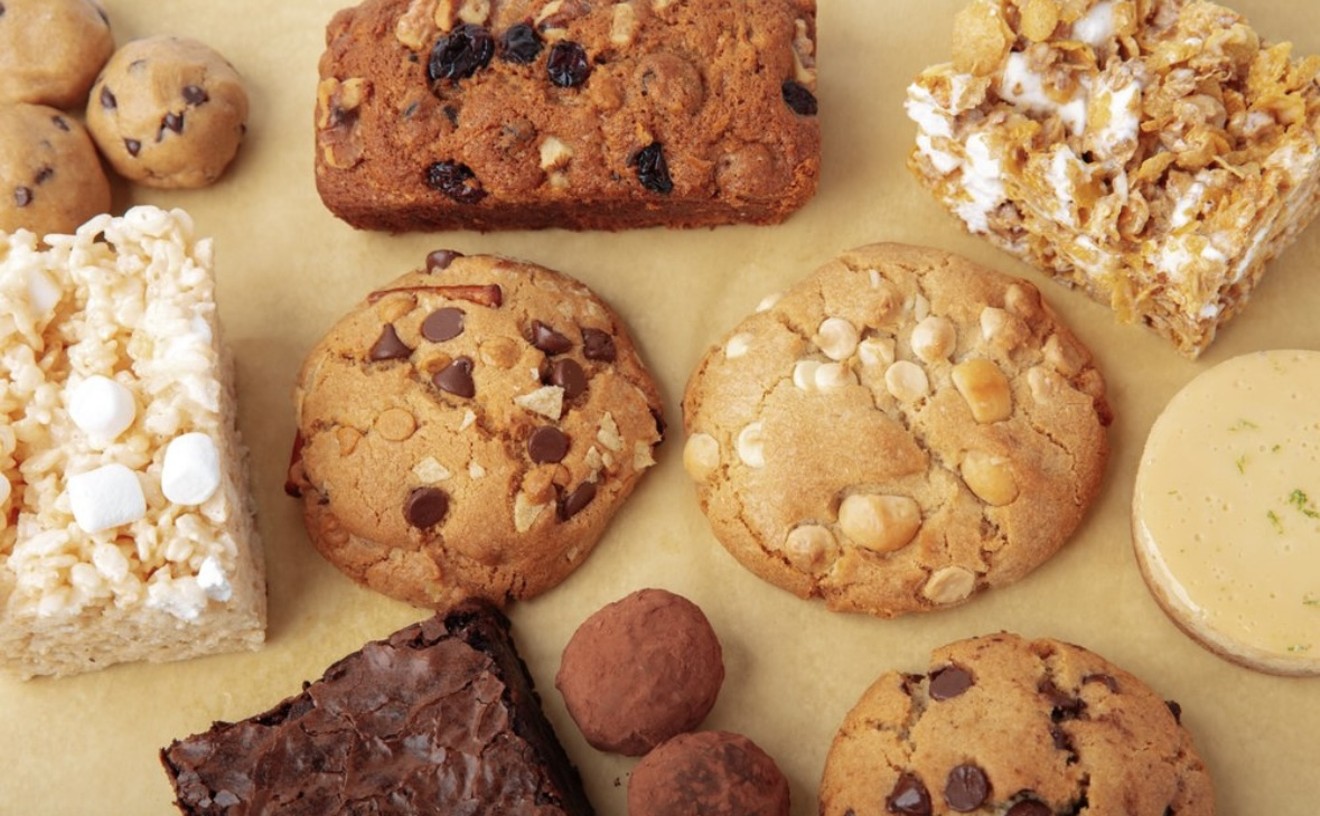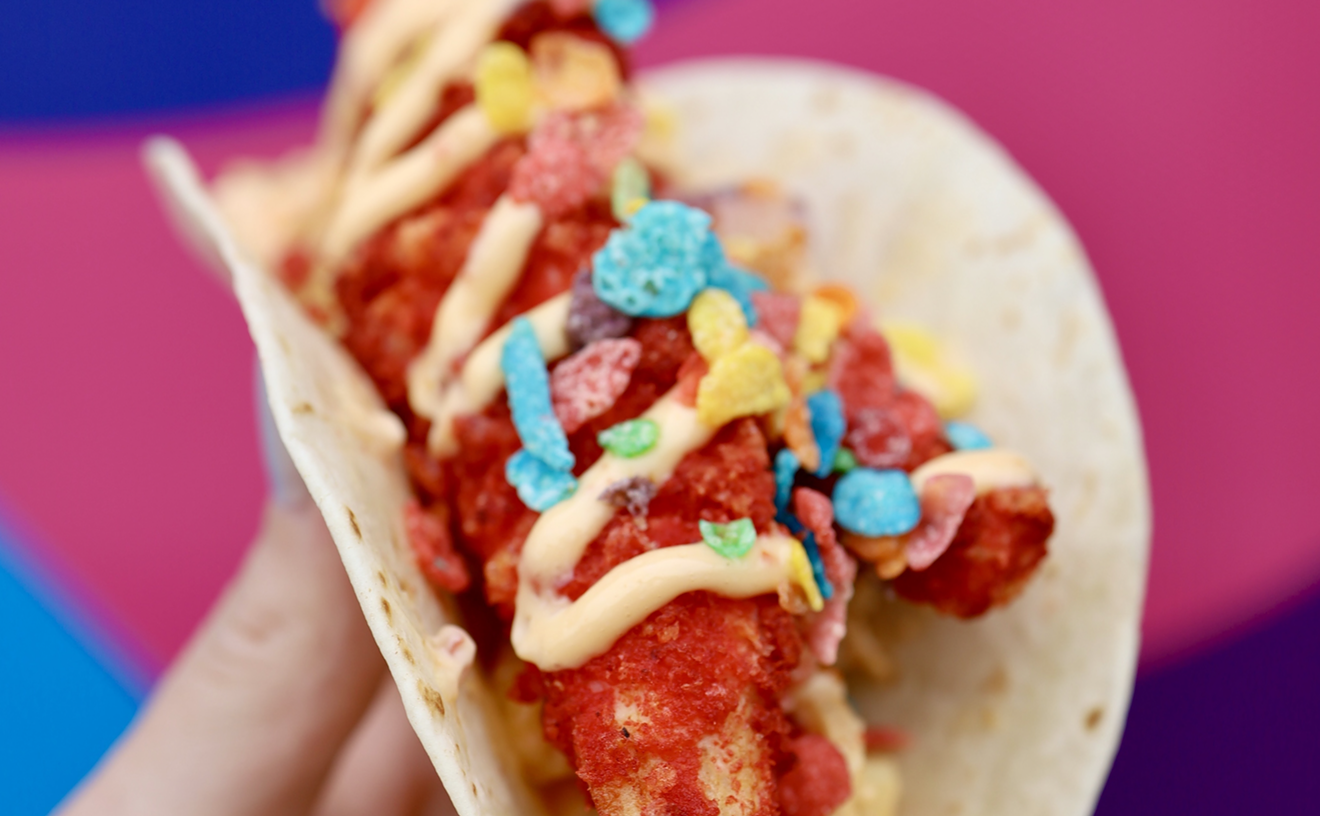Lettuce samples contained 78 different pesticide residues. Domestic blueberries tested positive for 42 pesticides. Ninety-eight percent of apples were found to be contaminated by pesticides. And 92 percent of certain baby foods were pesticide-tainted. (These levels were measured in "conventional," or non-organic produce and products.)
The above findings were released by the Environmental Working Group (EWG) today as part of an update and expansion of its Shopper's Guide. The non-profit analyzed FDA and USDA data gathered from 2000 to 2010 on pesticides in foods to compile comprehensive, comparable contamination ratings and to generate a guide to the most highly contaminated foods, as well as those lowest in pesticide residues. Their "Dirty Dozen" is a straightforward guide to foods that consumers concerned about pesticide intake should buy organic or not at all, and the "Clean 15" is a guide to conventional produce you can safely buy without worrying about high levels of pesticide residue.
This year's Dirty Dozen list consists of (from most to least contaminated):
Apples, celery, sweet bell peppers, peaches, strawberries, nectarines, grapes, spinach, lettuce, cucumbers, blueberries and potatoes. Green beans and kale were added as "Dirty Dozen Plus™" foods (read on for an explanation).
And its Clean 15 comprises (in descending order of "cleanliness"):
Onions, sweet corn, pineapples, avocado, cabbage, sweet peas, asparagus, mangoes, eggplant, kiwi, cantaloupe, sweet potatoes, grapefruit, watermelon and mushrooms.
For 2012, the group expanded its work to include measures of pesticide concentrations in baby foods as well as data on a type of pesticide that were not included in last year's recommendations: highly toxic organophosphate insecticides. These insecticides are toxic to the nervous system, are associated with neurodevelopmental effects in children, and so have been largely removed from agriculture over the past decade. They are not banned, however, and still show up on some food crops. They are particularly concentrated in foods like kale and green beans. For this reason, EWG lists these on the new Dirty Dozen Plus™ (which is technically the "Dirty 14" now, but I can see why they're holding onto the previous, catchier name) as foods to either buy organic or avoid altogether.
The baby food findings were pretty alarming, as those neurotoxic organophosphates were found in approximately 17 percent of green bean baby food, a rate that is almost identical to the one the EWG measured in this food back in 1995.
In the pear baby foods the group tested, a whopping 92 percent of samples tested positive for at least one pesticide residue, while 26 percent contained five or more. Among the most disturbing findings was the presence of iprodione, which the EPA has labeled a probable human carcinogen, in three baby food pear samples. This chemical is not approved by the EPA for use on pears, and so its presence in this baby food constitutes a violation of FDA regulations.
At least the sweet potato baby food was clean. Thank God we can feed those babies something.
Among the other dismal findings was a high rate of pesticide presence in tap water. In 2010, the USDA examined samples from 12 community drinking water systems that use reservoirs, lakes, or rivers as their water sources. After treatment, evidence of 65 pesticides was found in 284 samples. The toxic herbicide atrazine was found in every single tested sample. Six other pesticides were found in at least half the samples.
The good news? The Clean 15 was even cleaner this year. According to EWG's research, you can buy conventional onions, asparagus, avocado, cabbage, grapefruit, and all the other produce on the above-mentioned Clean 15 list without worrying about pesticide residues.
For the full report, check out EWG's 2012 Shopper's Guide and this summary of 2012's updated findings.
Follow Short Order on Facebook and Twitter @Short_Order.










